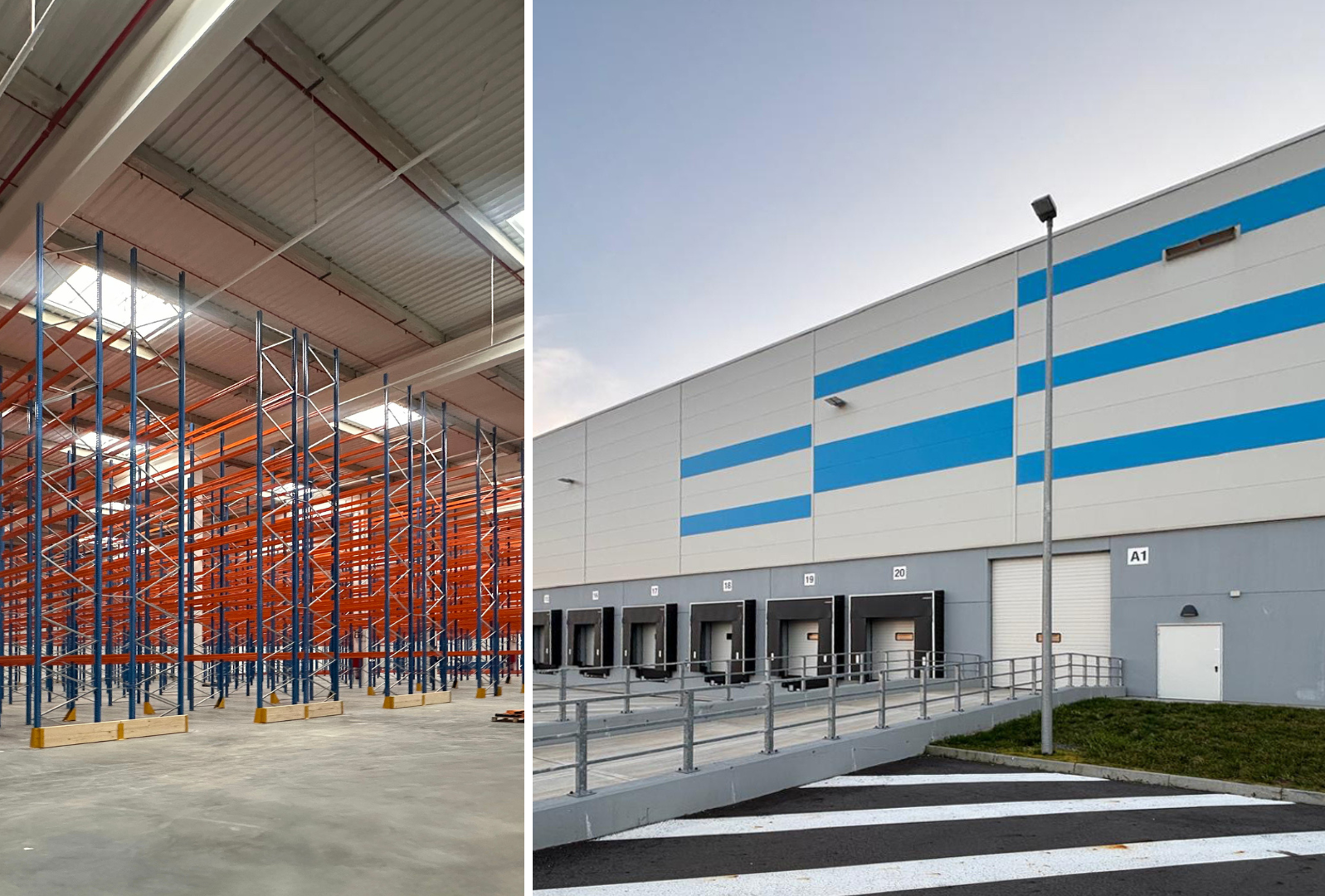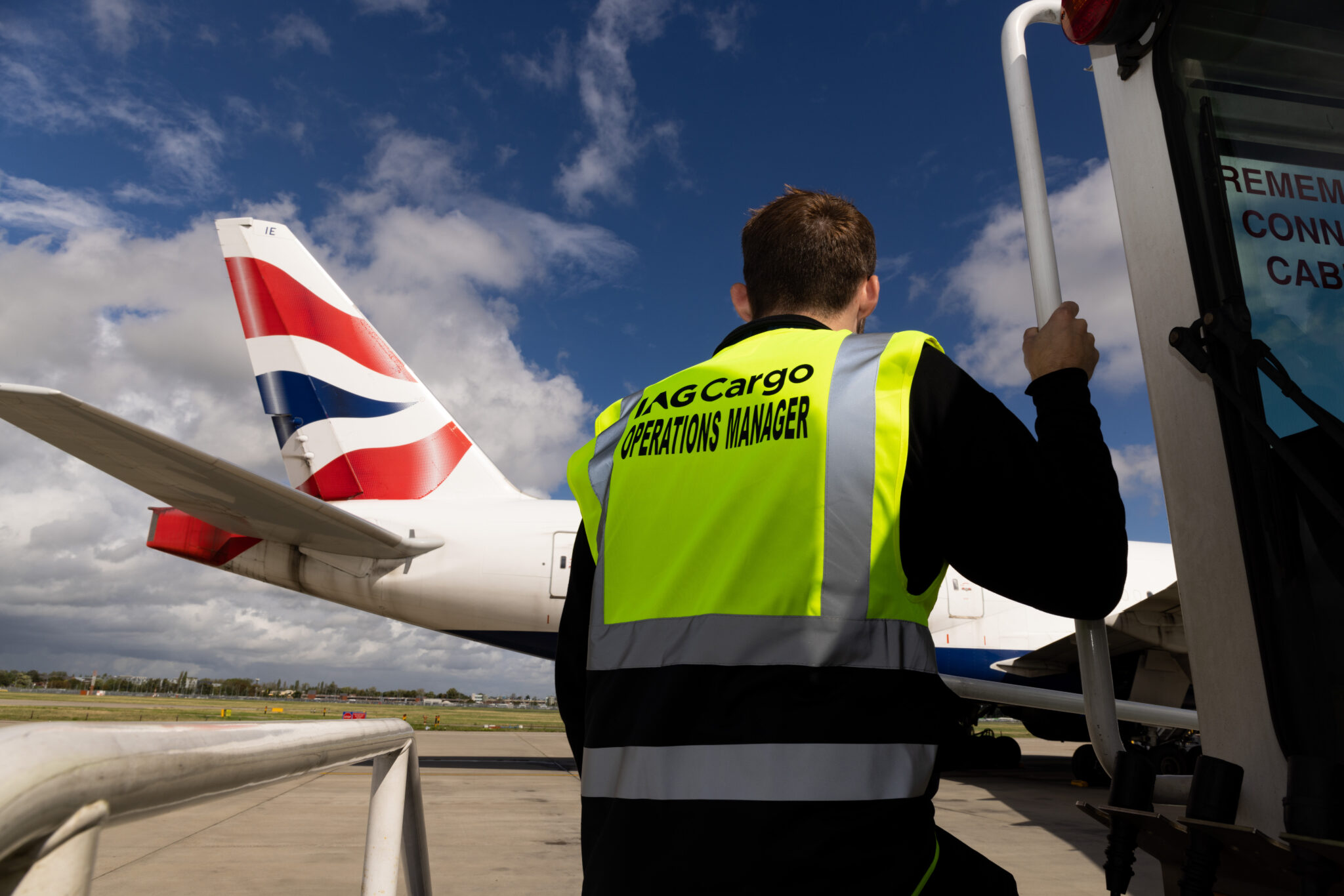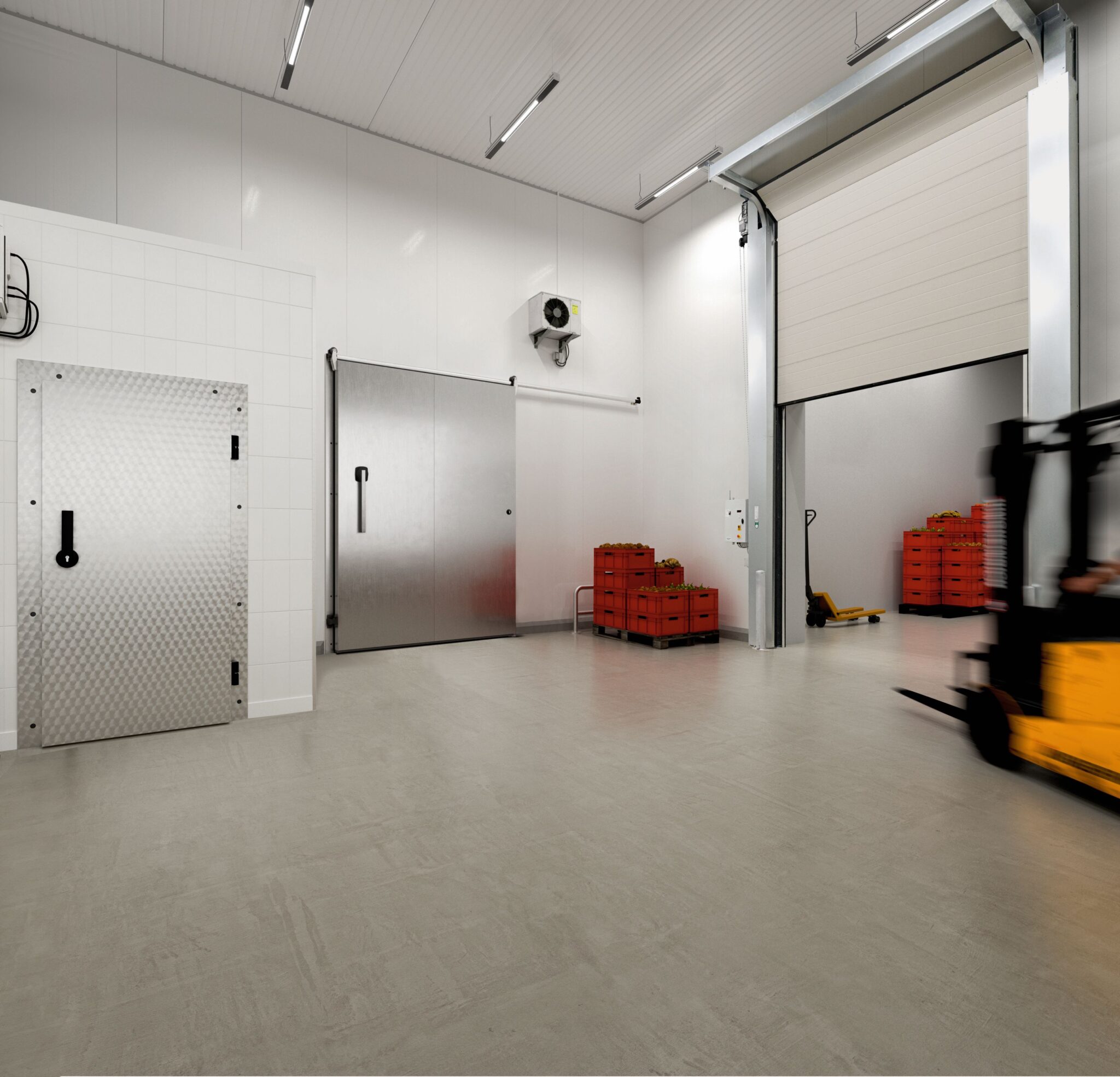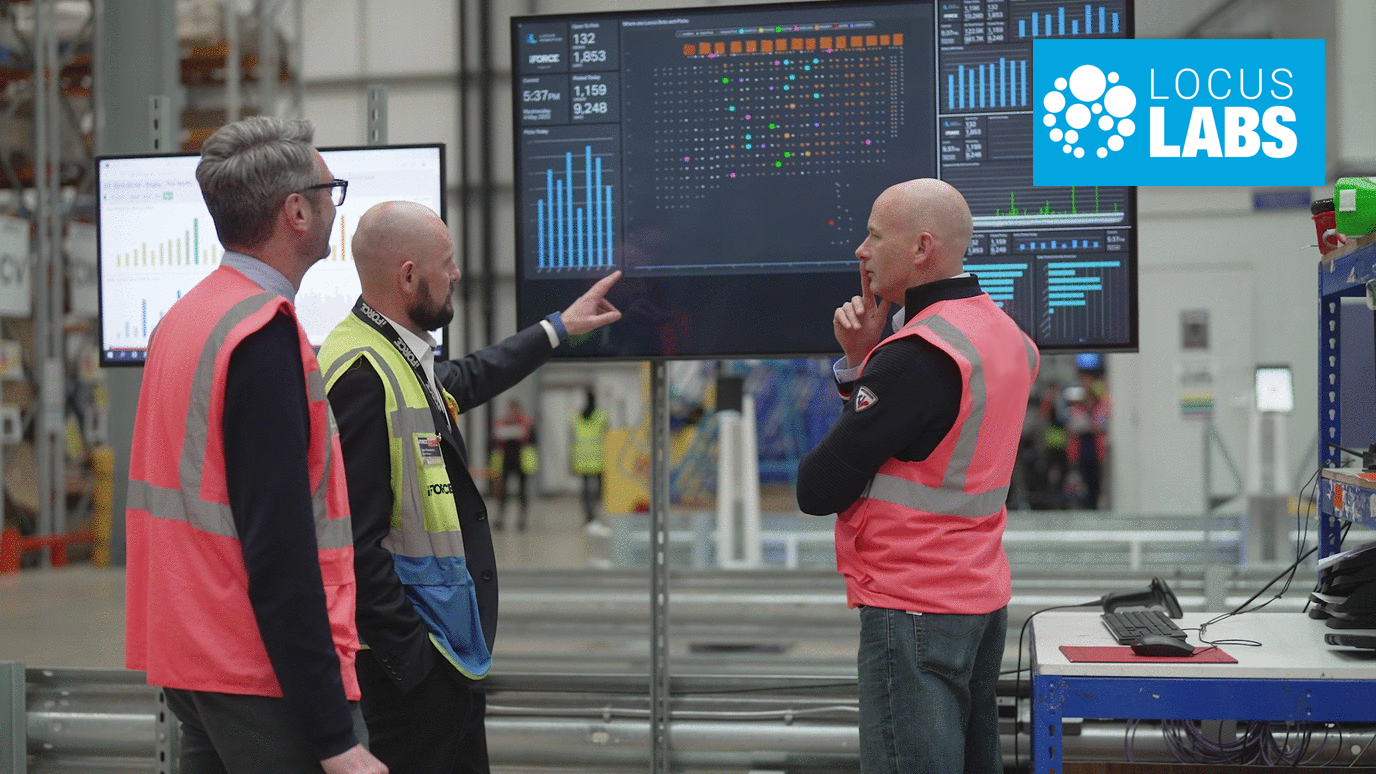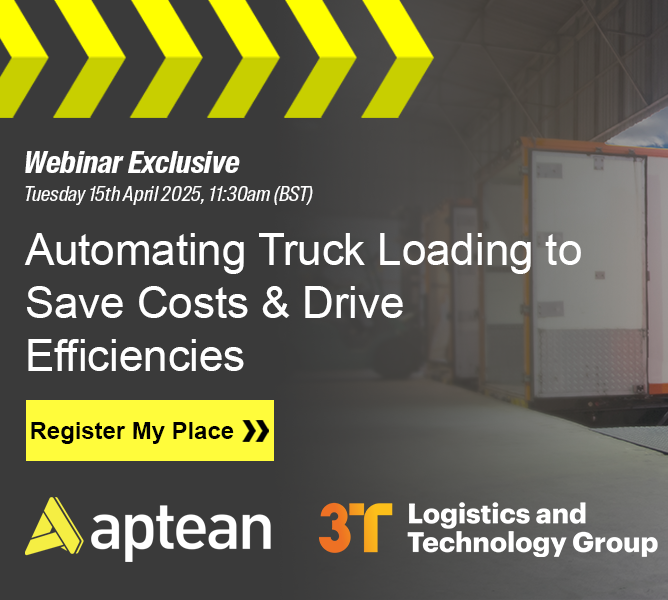With rising logistics costs, it’s crucial to maintain profitability through highly optimised operations and load planning processes. Logistics Business and Aptean are preparing a Webinar entitled ‘Automating Truck Loading to Save Costs & Drive Efficiencies’.
Join our industry experts on Tuesday 15th April at 1130 BST/UTC, for an open panel discussion where we’ll explore how you can enhance cargo placement accuracy, improve operational efficiency, and reduce transport costs by optimising space utilisation with AI-driven technology.
You’ll learn how:
Optimal planning maximises load capacity and enables efficient equipment selection
Efficient loading boosts savings, speeds up palletising, and increases warehouse throughput
Effective pallet arrangement reduces pallet usage, saving space in the warehouse and during transport
Smart loading decisions enhance vehicle safety and help prevent shipment damage
Truck Loading Webinar
Whether it’s trailers, containers, pallets, or any user-defined space, AI-driven tools can help you deliver maximum efficiency in truck load planning while driving significant savings.
Register your place today to avoid missing out on this eagerly awaited insight coming in April!
Watch some of our recent Webinars here.
Managing your business’s transport network can often feel like trying to solve a Rubik’s Cube blindfolded. With so many moving pieces—freight, carriers, real-time tracking, multiple modes—keeping tabs on each component without slowing down performance or blowing up costs is a major juggling act. That’s where a transport management system (TMS) comes in. You’ve likely heard the term, but may have some questions. Like what is a TMS system exactly and what does it do? Who can use it and how does it differ from other logistics systems like enterprise resource planning (ERP) and warehouse management systems (WMS)? This article will answer all your burning questions.
What Is a TMS?
A transport management system (or TMS) is a software platform specifically designed to streamline and optimise end-to-end transport and logistics operations. In simpler terms, it’s like the command centre for your entire transport network. Think of it as the behind-the-scenes powerhouse that helps you plan, execute and monitor the movement of goods—by land, air and sea.
A TMS solution gives your business a bird’s-eye view of its supply chain network, enabling you to make smarter, data-driven decisions to improve shipping efficiency and reduce costs. From carrier management and freight rate analysis to tracking shipments in real time, a TMS provides the visibility and control you need to keep goods flowing, costs low and customers satisfied, all while balancing sustainability needs.
Within a TMS, you can compare rates, organise shipments and track their journey to delivery. You might be shipping raw materials or finished goods, either way, a TMS keeps track, whether inbound or outbound, domestically or internationally.
How Does a Transport Management System Work?
By automating and improving the movement of goods, a TMS enhances business efficiency and reduces overspending. It can be broken down into a few essential functions. Here’s a quick overview of what goes on under the bonnet:
Order Management Integration: Order management integration (OMS) is the starting point of any TMS journey. This is where the software pulls in shipment details from systems like ERP, ensuring all transport activities are in sync with broader supply chain processes. This includes customer orders, purchase orders or inventory transfers, laying the groundwork for streamlined planning.
Carrier Management: A TMS manages relationships with carriers and logistics providers, offering you insights into carrier performance, cost metrics and service levels. It automates the booking of shipments, allowing you to compare and select carriers based on cost-effectiveness, reliability and speed so that each shipment is handled by the most suitable partner.
Route Planning and Optimisation: A fully integrated TMS uses advanced algorithms to identify the best routes and transport modes, considering factors like distance, historic traffic conditions, delivery timeframes and cost. The system quickly analyses data to choose the most efficient routes, select carriers, consolidate shipments and plan routes—saving you time and fuel costs.
Freight Cost and Rate Management: Freight costs are a significant part of any logistics budget. A TMS solution reconciles freight bills with the actual services provided and enables your business to manage, track and compare freight rates across carriers. This automated process reduces errors and flags discrepancies. With real-time visibility into costs, you can ensure accurate payments, saving time and reducing the financial risks associated with manual audits.
Execution and Tracking: After planning, an advanced TMS takes charge of dispatching shipments and generating the required documents. Here, you have a clear view of the movement of goods and end-to-end visibility of your shipments in transit, their estimated arrival time and details of any delays or reroutes. Your logistics team can then monitor delivery progress, anticipate delays and adapt quickly to disruptions.
Reporting and Analytics: Finally, the best TMS systems provide robust analytics and reporting capabilities, helping you identify trends by giving insight into metrics like cost per mile, carrier performance, on-time delivery rate and fuel usage. These analytics enable data-driven improvements, helping you optimise your transport network over time.
When all these components work together, a TMS system can transform your transport management into a proactive, efficient and transparent operation. It reduces costs, enhances operational efficiency and improves customer satisfaction by ensuring goods are delivered on time and as expected. With a TMS, your logistics professionals will feel prepared and ready to handle any situation.
Who Can Use TMS Software?
The good news is that TMS isn’t just for mega-sized corporations. Businesses of all sizes across a range of industries—from logistics providers and fashion brands to food and beverage organisations, manufacturers and beyond—are discovering the benefits of TMS software for their transport operations.
Small and mid-sized businesses can use TMS to stay competitive by optimising routes, tracking shipments with accuracy and improving cost management. While larger organisations can benefit from huge economies of scale, significantly reducing costs and simplifying complex supply chains. In short, whether you’re moving small parcels or large freight, a TMS provides the flexibility to support your transport needs.
So, let’s break down what types of businesses can benefit from a transport management system and who within your organisation will be using the software.
Types of Businesses That Can Benefit From TMS
Basically, a TMS can benefit any business involved in moving goods across a supply chain. It’s particularly valuable for industries such as:
Manufacturing: To coordinate the transport of raw materials and finished goods across multiple locations, manufacturers rely on TMS solutions to streamline shipping, manage carrier selection, ensure on-time, in-full (OTIF) delivery and reduce transport costs.
Retail and E-commerce: TMS facilitates complex distribution networks for fashion and retail businesses, enabling faster response times to market demands like same-day and next-day delivery—all while maintaining efficiency despite high order volumes.
Food and Beverage: Implementing a TMS system here ensures fresh, safe and timely delivery of consumables and in-demand goods with optimised route planning and visibility, while maintaining strict regulatory compliance and accurate records.
Third-Party Logistics (3PL) Providers: 3PLs and companies managing fleets or carrier networks utilize TMS to optimise routes, select cost-effective carriers and improve delivery accuracy. TMS also aids in reducing fuel consumption, providing shipment tracking and supporting multi-modal transport planning while seamlessly integrating with client systems.
Distribution and Wholesale: These businesses typically manage high volumes of goods on complex delivery schedules. Therefore, a TMS is pivotal to enhance coordination between suppliers, warehouses and customers, ensuring timely and cost-effective deliveries that adhere to retailer requirements.
similar news
Webinar: Digital Transformation to Optimise Transport Operations


